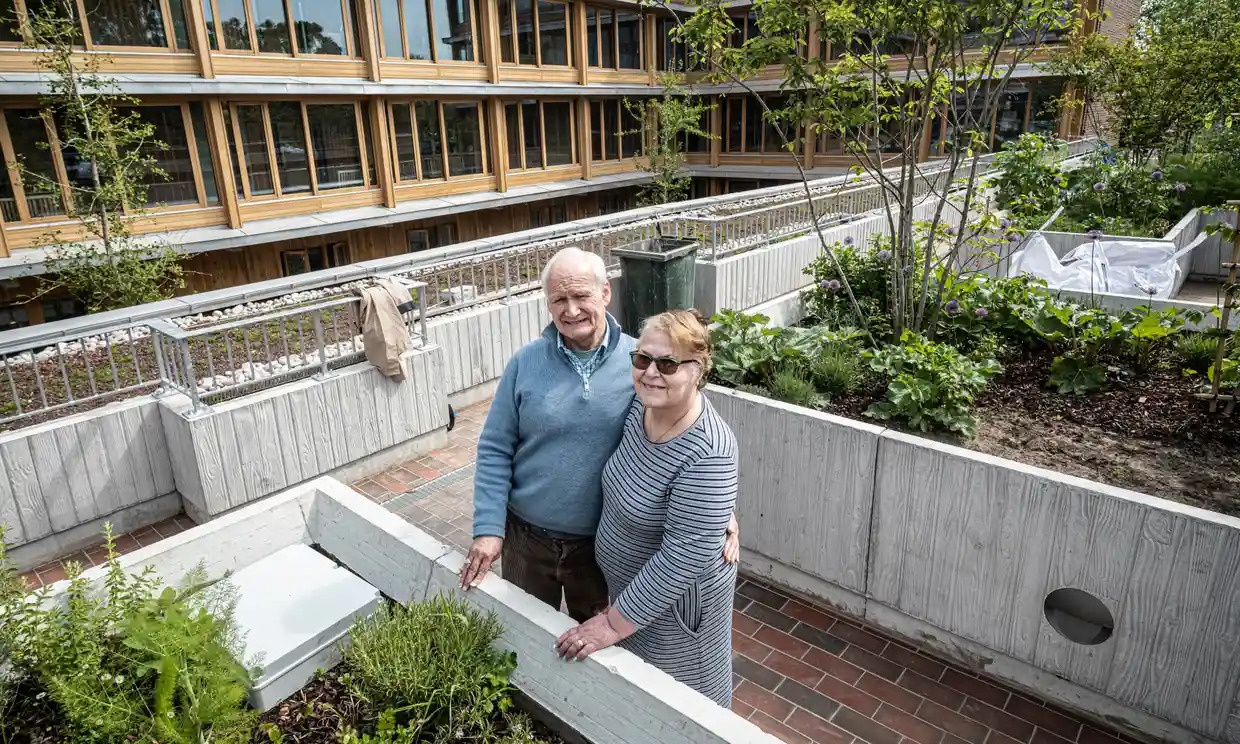Almhouses as a way forward for social housing
While I’m aware of medieval almshouses, I didn’t know they were still a thing. It’s great that there’s more being built now than in Victorian times, and I hope this kind of approach, along with co-operative housing, becomes even more of a thing.
It looks like they could be particularly useful for helping everything from ending rough sleeping, to stopping premature deaths in old age from poverty.

Almshouses are the oldest form of social housing in the world: the oldest foundation still in existence dates from about 990. Legally, historically and socially unique – exempt from right to buy legislation and so remaining as a permanent part of the community once gifted – there are 30,000 throughout the UK, providing affordable housing for more than 36,000 residents.
They are owned and managed by a network of more than 1,600 independent charities, and nearly all market towns in the UK have at least one almshouse. In some rural areas, they are the only provider of affordable, community housing.
In a time of a severe shortage of affordable rental accommodation, almshouse charities have long been trying to get attention from philanthropists and the government to make the case that their role is more vital than ever – that they should be put at the forefront of the community housing concept, providing an “exemplar housing model”.
Now, a new research project, the Almshouse Longevity Study from Bayes business school, has given extra ammunition to their call finding that those fortunate enough to live in an almshouse receive a longevity boost of almost two and a half years – equating to an extra 15% of future life for someone aged in their early 70s.
Despite not looming large in the public’s awareness, more almshouses are being built today than have been since the Victorian era; while most are for elderly people, some have no age restrictions and are able to accommodate families, people with disabilities and key workers.
[...]Paul Mullis, the chief executive of the Durham Aged Mineworkers’ Homes Association, the biggest almshouse charity in the UK, agreed. “Our residents know they can look forward to tomorrow because the things that make people’s lives worth living haven’t changed in the 1,000 years that almshouses were created to target: community, safe and secure housing, a sense of purpose.”